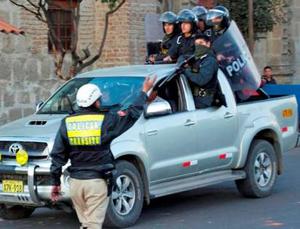SYRIA BETWEEN IRAQ AND A HARD PLACE
The Syria Dilemma
Nader Hashemi & Danny Postel, editors
Boston Review Books, MIT Press, 2013
by Bill Weinberg, Middle East Policy
An illustration of the very dilemma referenced in the title of The Syria Dilemma is that several contributors to this timely book cite 75,000 dead in the conflict; the figure is now above 100,000. The anthology, which saw print just as Obama threatened intervention in the wake of the August 2013 chemical attacks near Damascus, compiles editorials and policy recommendations produced in the preceding months. Co-editors Nader Hashemi and Danny Postel try to be objective, assembling both pro- and anti-intervention voices. With few exceptions, these exemplify the tunnel-vision that characterizes both sides, forestalling a painfully honest reckoning.
Continue ReadingSYRIA BETWEEN IRAQ AND A HARD PLACE


